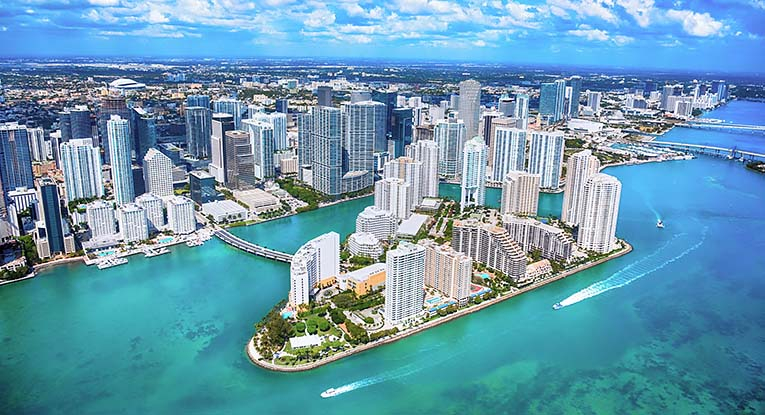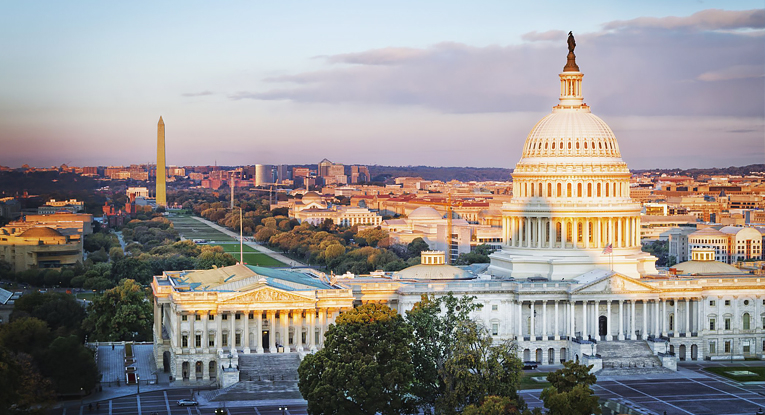Staying Ahead of Silicon Valley Bank's Collapse
On Mar. 10, 2023, Silicon Valley Bank (SVB) closed after a run on the bank, causing the largest bank failure since the 2008 financial crisis and the second-largest in U.S. history. Nearly simultaneously, the Bank of England (BoE) took steps to put SVB’s United Kingdom subsidiary, SVB UK, into resolution after SVB UK applied for nearly £1.8 billion of liquidity. The sudden collapse of SVB and SVB UK, which catered to tech firms and start-ups, caused billions of dollars belonging to companies and investors to become suddenly inaccessible. California regulators closed SVB and appointed the Federal Deposit Insurance Corporation (FDIC) as receiver for the disposition of assets. According to the FDIC, SVB will reopen on Mar. 13, 2023, and all insured depositors will have access to insured deposits no later than Monday morning. Likewise the BoE, has stated its intent to use bank insolvency procedures to reimburse depositors as quickly as possible.
While the FDIC’s assertion that depositors will have immediate access to deposits beginning Monday morning appears positive, the qualifications imposed by the FDIC present serious problems for depositors. The FDIC insures deposits only up to $250,000. Similarly, the BoE insures deposits only up to £85,000. Consequently, any deposit in an SVB account in excess of $250,000, and any deposit in an SVB UK account in excess of £85,000, will not be accessible to depositors on Monday morning. Eighty-nine percent of SVB’s $175 billion in deposits were uninsured as of the end of 2022, according to the FDIC.
Although it is possible that a purchaser may acquire SVB or SVB UK, or the relevant governments may fund rescue packages, if no remedial action is taken, the FDIC will issue “receivership certificates” to companies and investors with deposits in excess of $250,000. Those certificates will entitle the holder to pro rata distributions from the proceeds of SVB’s liquidation. If the FDIC fails to issue a receivership certificate, or issues one in an incorrect amount, the depositor must file a claim for the sum it believes it is owed. Additionally, if a creditor is owed money from SVB for services rendered or rent, the creditor must file a claim with the receiver. The FDIC recently updated its instructions for filing claims and depositors should solicit legal advice to ensure compliance. Liquidators in the UK will manage the remaining British assets of SVB UK and distribute them to creditors, including large depositors.
With the aid of professional guidance, the collapse of SVB and SVB UK pose difficult, but surmountable, challenges for both startups and established businesses. Those challenges include the absence of liquidity for the purpose of funding ongoing operations and servicing debt. Specifically, the inability to access deposits may impact a depositor’s ability to meet payroll obligations, acquire raw materials and finished goods, fund research and development, make distributions to investors, meet regulatory requirements, pay debts, fund earnest money to be held in escrow, close transactions, and more.
In the coming days, companies and investors should take the steps necessary to obtain short- and long-term credit facilities and, if they are able to do so, raise capital for the purpose of avoiding a cash crunch that could seriously impair the value of their assets. Companies and investors can avoid contagion that may impact the peers of SVB and SVB UK by diversifying their accounts and the institutions with which they bank. While there are typically long lag times with respect to opening new accounts at most financial institutions, creative solutions are available for qualifying businesses to quickly move money into accounts at banks free of contagion and certain banks are expediting the process of opening new accounts for SVB customers.
Companies and investors should also be careful to review their public disclosures and to comply with state and federal, as well as U.K., regulations concerning material changes to their businesses and operations as a result of their inability to access deposits at SVB and SVB UK. In extreme cases, severely impacted depositors, or other down-stream entities injured by depositors’ inability to pay debts, may consider filing for voluntary bankruptcy protection for the purpose of proactively reorganizing and restructuring debt obligations.
Finally, while $175 billion in deposits were uninsured at the end of 2022, according to the FDIC, SVB possesses $209 billion on paper. Assuming that SVB’s value on paper is accurate, there is a strong possibility of recovering uninsured deposits from the surplus with the proper legal guidance.
It is imperative that companies and investors take proactive action for the purpose of meeting their fiduciary duties and avoiding potential, unnecessary liability to employees and investors (including in class-action and derivative lawsuits), creditors, and regulatory authorities. Alternatively, to the extent that businesses and investors have reason to believe that officers and directors have failed to protect a depositor’s investments and assets, legal advice should be consulted for the purpose of assessing and preserving potential remedies.
We will continue to monitor the actions of the FDIC and the BoE in connection with management and potential liquidation of SVB and SVB UK. If you have any questions specific to your organization, please contact your regular Armstrong Teasdale lawyer or one of the authors listed here.









































